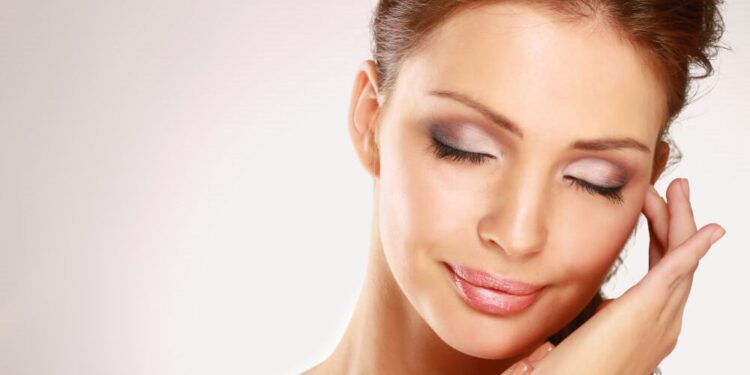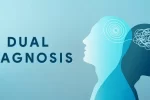Who is an Ideal Candidate for Photofacial Treatments?

Photofacials are skin therapies that employ several forms of light-based technological equipment. This therapy is excellent for various skin issues, including hyperpigmentation, blemishes, acne, and freckles. Photofacials can also repair wrinkles and sun spots. Before having photofacial Brighton, you should be aware of your skin type. It is also crucial to understand that individuals with naturally darker skin tones may not be suitable for various photofacial treatments because this procedure might cause skin discoloration. Additionally, photofacials are classified into two types: IPL and LED. In both IPL and LED photofacials, light is absorbed into the skin. IPL photofacials are more powerful since the light penetrates deeper into the skin.
How does a photofacial function?
The IPL photofacial’s higher powerful light pulses allow light to be absorbed more thoroughly. IPL photofacial light is absorbed by hemoglobin (red blood cells) and melanin (pigmentation) in the skin, causing these regions to be purposefully injured. Damaged melanin disintegrates and is taken in by the skin, reducing its look on the skin’s surface. The injured hemoglobin increases blood flow, allowing melanin to be absorbed more effectively. LED photofacials operate differently depending on the light hue. Green light, like IPL photofacials, breaks up melanin for better absorption.
Side effects of photofacial
LED photofacials are generally painless and have no significant adverse effects. They are essential and have a minor impact while generating no discomfort. After only one treatment, your skin may feel smoother, softer, younger, and have a more uniformly dispersed skin tone. However, obtaining an IPL photofacial might have a lot of negative effects. So, here are four potential photofacial adverse effects:
- Swelling
Swelling is a frequent adverse effect that happens following photofacial therapy. You can use ice packs to prevent and cure it, but it will eventually go away on its own. If the edema does not subside within 24-48 hours, you should contact the physician who did the procedure.
- Blisters and bruising
Blisters can occur as a result of photofacial therapy in some situations. They, like sun blisters, fade with time and may not bother you too much. Conversely, brushing is extremely frequent and, if it occurs, will be pretty moderate.
- Brown spots
If you had photofacial surgery to cure dark spots and now have even more dark spots, don’t worry; this is entirely normal. The black stains might linger for a week but will diminish with time. On dark patches, crusting and bruising might develop.
- Redness
Post-photofacial redness and edema usually affect the face. It is a sign of inflamed skin and should subside within a few hours. If it does not, you should consult with a skin professional. As a result, redness is a probable adverse effect of IPL photofacial.
No recovery time is associated with either an IPL or an LED photofacial. Some moderate adverse effects of IPL photofacials may occur soon after the operation and may take up to a week to resolve. Nonetheless, you should be able to resume daily activities right once, including applying your usual face treatments and cosmetics. Call Gago Wellness or book your consultation online to learn more about photofacial treatments.






